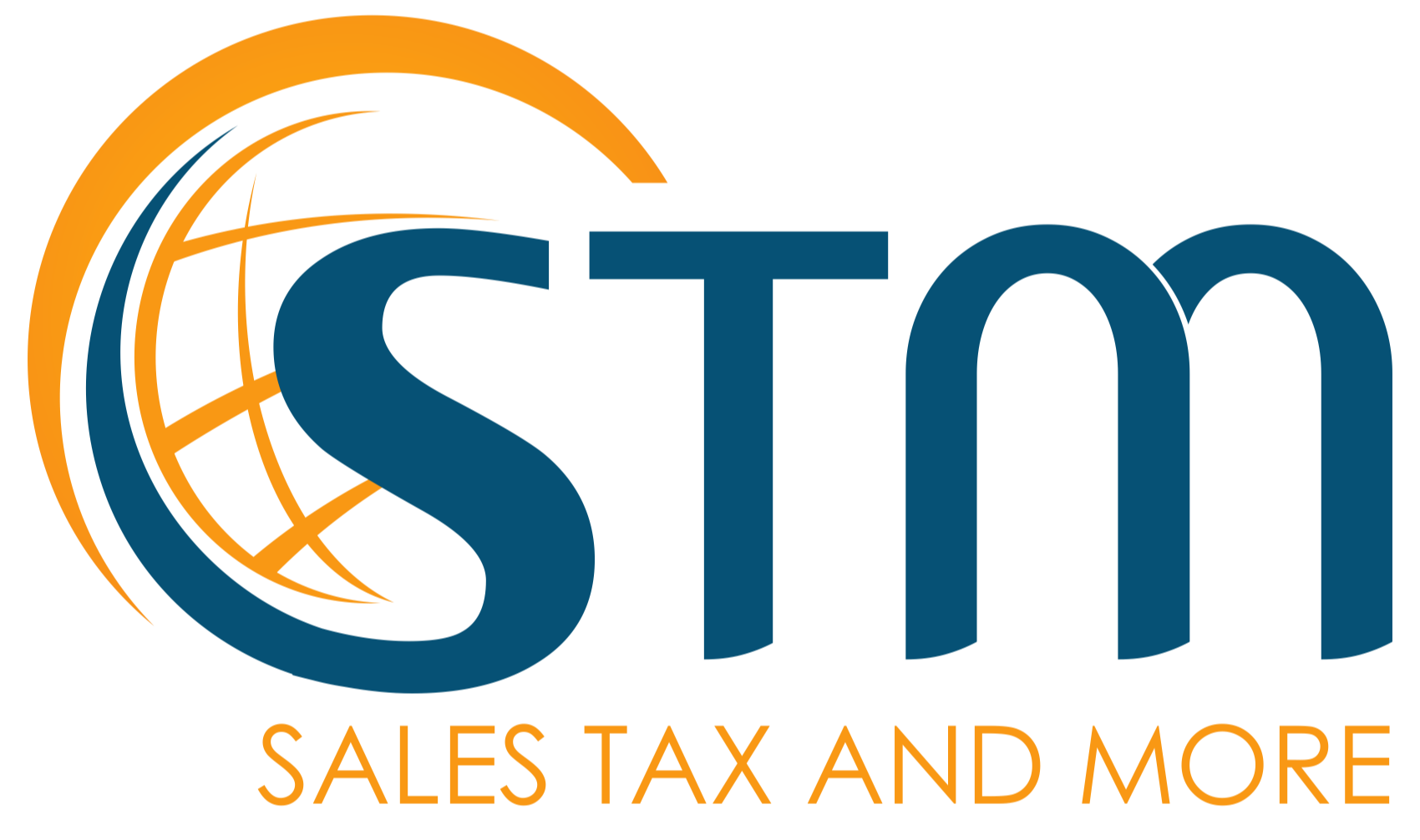Santa May Have To Pay Extra On Your Really Expensive Gifts
With the holidays coming up, who wouldn’t mind being gifted a $10,000 piece of jewelry? However, buyers beware! In many states, not only does the purchaser of luxury goods need to pay the normal sales tax, but also a luxury tax. The luxury tax is not just imposed on jewelry, but also on expensive items such as expensive furs, boats, yachts, private jet planes, etc. Imposing a tax on luxury goods seems like a great way for states to make more revenue.
A luxury tax is a tax on products and goods that are deemed “non-essential” and sell at a premium compared to other goods in that category. The luxury tax is charged as a percentage of the purchase price. In some cases, it may be applied to purchases over a certain amount. For example, some states charge luxury tax on real estate transactions over $1 million or jewelry purchases over $10,000.
Luxury taxes are generally imposed on luxury goods that can only be purchased by more affluent consumers. The theory is if they can pay that much on a purchase, they can surely afford to pay higher tax. People may argue that “luxury goods” is a relative term. For me, “luxury goods” is a small teapot or new climbing gear. For economic and tax purposes, a luxury good is “a good for which demand increases more than proportionally as income rises so that expenditures on the good become a greater proportion of overall spending.” What is considered a luxury good changes over time due to inflation. If the government needs to increase revenues, goods that are currently considered normal or ordinary, may fall into the luxury category and be hit with the luxury tax.
Because of the fluidity of what is and isn’t considered a luxury good, this tax is also a type of progressive tax. A progressive tax is a tax where the rate increases as the taxable amount increases. Lower-income earners will have a lower tax rate than high-income earners will have a higher tax rate.
The problem is the luxury tax has too much of a gray area. For instance, some states levy a "mansion tax" on homes of a certain value. The definition of luxury gets muddled within many states when it comes to expensive homes. In New York State, the mansion tax is levied on homes valued over $1 million. In Syracuse or Rochester, that may target affluent buyers but $1 million is considered “modest” for homes in Manhattan. In Vermont, the median home price is $261,000 but the mansion tax is levied on homes valued at $100,000 or more.
Due to this gray area and lack of consistency, the luxury tax does not seem to work as well as the government intended. Many affluent consumers make large purchases like yachts and planes overseas but don’t bring them back or register them in the U.S. in order to avoid paying tax. As discussed in a recent Sales Tax and More blog post, Sotheby’s helped a few of their customers evade sales tax on expensive artwork in order to boost their own sales.
In conclusion, the luxury tax may not be the most lucrative tax for governments, but it’s here to stay in many states. It’ll be interesting to see what types of items and products states define luxury goods over time and whether or not it’ll apply to more and more purchases.
By: Priya Sorathia
This blog is intended for educational purposes and not as tax advice. Tax policies and procedures change frequently, so specific information, such as thresholds, rates, etc. included in this blog may have changed since it was originally published. Please request a consultation for more in-depth information.
